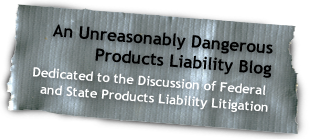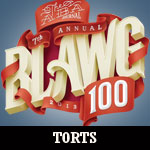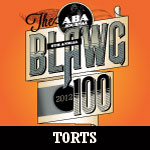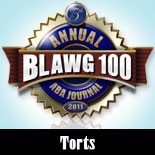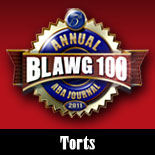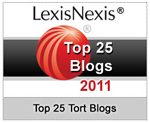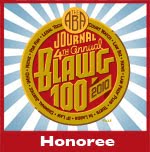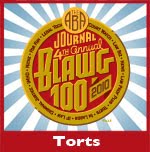Dismissal Of Fluoride-Based Case Upheld By Fourth Circuit
Disclaimer: Do not Google “dental fluorosis,” for as with every Google Image search, you are bound to discover the most graphic examples, which in this case aren’t pretty. Earlier this month, the Fourth Circuit Court of Appeals affirmed a Maryland district court’s dismissal of a case against Nestle, Dannon, and Gerber involving dental fluorosis. See Nemphos v. Nestle Waters North America, Inc., et al, No. 13-2146 (4th Cir. Jan. 8, 2015). Michelle Nemphos, as legal guardian of her child, brought suit against these defendants for allegedly giving her daughter dental fluorosis. According to the complaint, the plaintiff’s daughter consumed Nestle’s infant formula and Poland Spring water, Gerber’s baby foods and apple juice, and Dannon’s Fluoride To Go bottled water. According to the CDC, dental fluorosis occurs when young children consume too much fluoride over long periods when teeth are still developing under the gums. The effects can range from barely noticeable white spots (okay, you can click that one) to pitting. Once the teeth erupt through the gums, they will no longer develop D.F., and apparently, once a child reaches eight years of age, that child can no longer develop D.F. The CDC warns of several common sources including, as the title stated, toothpaste, if swallowed, and water and processed beverages, which can account for up to 75 percent of fluoride intake. Among the numerous recommendations proffered by the CDC include labeling the fluoride concentration of bottled water, as such labeling would allow consumers to make informed decisions.
So what does the FDA say about fluoride in bottled water? According to the FDA’s science wizards, like these two obviously candid scientists, the amount of fluoride in bottled water varies from .8 to 2.4 milligrams per liter of fluoride. One of the factors used by the FDA in determining the acceptable amount of fluoride in bottled water is the annual average daily air temperature at the location where the bottled water is sold. See why I called them wizards? The FDA does not require bottled water manufacturers to list the fluoride content on the bottle, but it does require fluoride additives, if used, to be listed. In 2006, the FDA approved this labeling: “Drinking fluoridated water may reduce the risk of tooth decay.”
With respect to Ms. Nemphos’s case, the district court found that if it were to grant the relief sought by Ms. Nemphos, it would require the defendants to maintain fluoride levels below the FDA’s established limits (which again were set by stock photo wizards) or to contain warnings not required by the FDA. Ms. Nemphos argued her failure to warn and misleading marketing claims against Nestle and Dannon were not preempted by federal law. To its credit, the Fourth Circuit made their its thorough history of food packaging and labeling as interesting as possible. Essentially, the Fourth Circuit found that the Nutrition Labeling and Education Act of 1990, which contains the national uniform nutrition labeling provisions, forbids states from establishing any requirements that are not identical to federal requirements in five areas of food labeling, including “standard of identity.” Reduced to its essence, federal statutes convey significant powers to the FDA to regulate food safety. This statutory charge reflects the all-around benefits of uniform food labeling. One of the FDA’s crucial tools in its regulatory effort is the standard of identity.
Regarding the other products, the Fourth Circuit brushed off Ms. Nemphos’s argument in a much briefer fashion, stating “Nemphos’s concern thus involves the failure to warn that fluoride—even at permissible levels, without any addition by manufacturers—may contribute to causing dental fluorosis over time.”
At Abnormal Use, we encourage those over the age of eight to brush their teeth and drink water, so long as the average daily temperature where you live fits the FDA’s guidelines. Also, if you swallow your toothpaste, stop, as that’s just weird.

